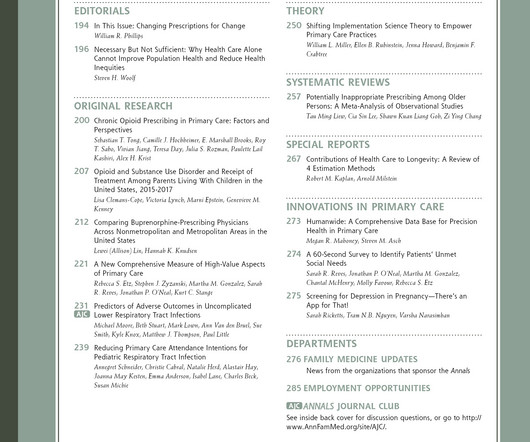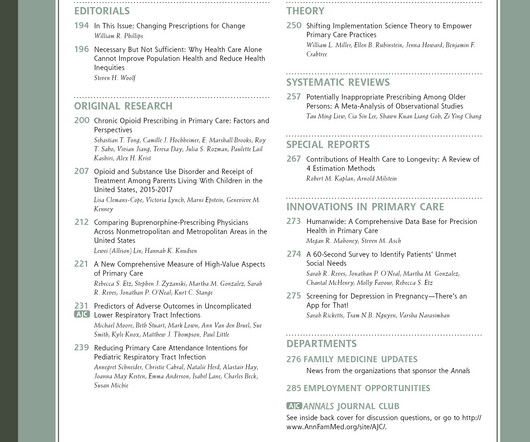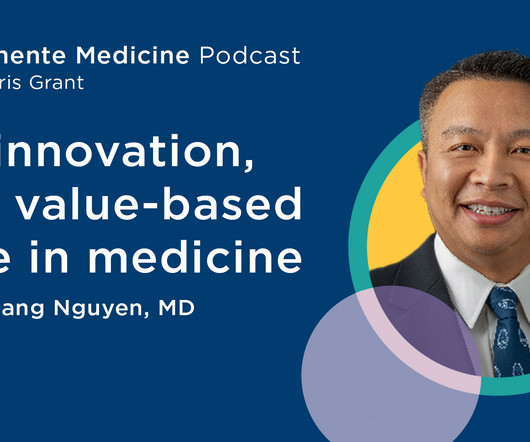Understanding the Relationship Between Social Needs and Cervical Cancer Screening [Screening, prevention, and health promotion]
Annals of Family Medicine
NOVEMBER 20, 2024
Context Cervical cancer remains a significant health concern and screening is crucial for early diagnosis. Objective To understand how patient-reported social needs are associated with cervical cancer screening in a fully insured population. Dataset Utilized data from a large integrated health system. in screened vs. 1.15















Let's personalize your content